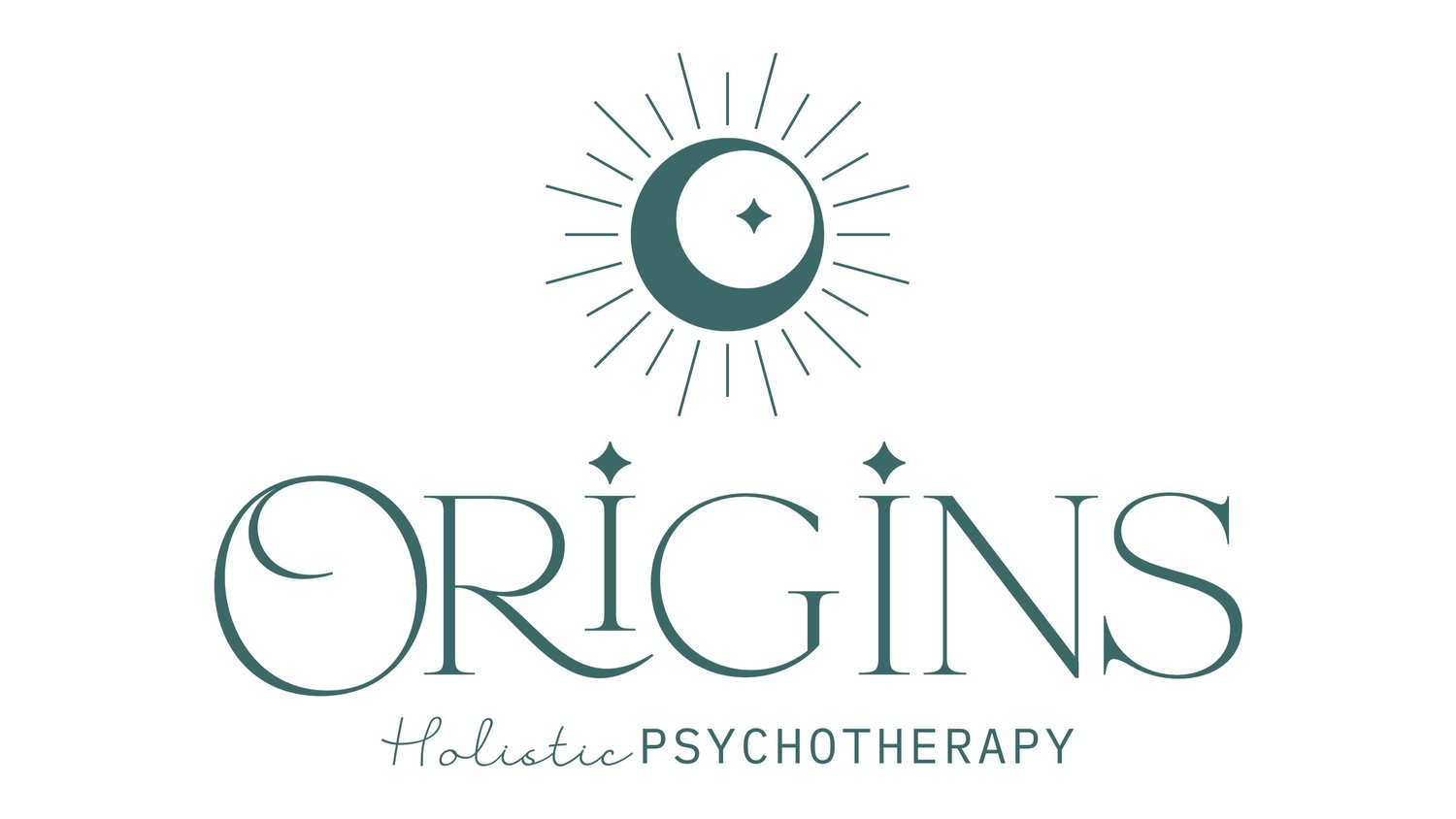Chronic pain: Finding your way through
As a therapist I have seen first-hand the toll that chronic pain can take on a person's mental and emotional well-being. The constant discomfort and uncertainty of living with chronic pain can be overwhelming, and many people struggle to find effective ways to manage their symptoms. However, there are Buddhist principles and mindfulness practices that can be integrated into daily life to help manage chronic pain and promote a more positive outlook.
One of the most critical aspects of managing chronic pain from a Buddhist perspective is the concept of impermanence. Everything in life is constantly changing, including our physical and emotional states. By accepting the reality of our pain and approaching it with a sense of acceptance, rather than resistance, we can avoid getting stuck in a negative mindset and instead cultivate a more positive and open attitude toward our situation.
This is where mindfulness practices come into play. Mindfulness is the practice of being fully present in the moment, without judgment or distraction. When dealing with chronic pain, it can be easy to get caught up in thoughts of the past or future, worrying about what the pain means for our health and our future. By practicing mindfulness, we can stay grounded in the present moment and focus on what we can control in the here and now. This can help us stay connected to our bodies and emotions, allowing us to better manage the pain and anxiety that often comes with it.
Another key aspect of managing chronic pain from a Buddhist perspective is the cultivation of hope. In Buddhism, hope is not about denying the reality of our situation or engaging in wishful thinking. Rather, it is about recognizing the potential for growth and transformation that exists in every moment. By approaching the pain with hope and a positive outlook, we can avoid getting stuck in a negative mindset and instead focus on what we can do to improve our situation.
“Although the world is full of suffering, it is also full of the overcoming of it.”
I have found that setting small goals for ourselves can be a powerful way to cultivate hope and positivity when dealing with chronic pain. These goals could be as simple as taking a short walk or trying a new form of meditation. By taking small steps towards positive change, we can build momentum and create a sense of hope and possibility in our lives.
It is also important to surround ourselves with supportive friends and family or seek out a community of others who are going through similar experiences. This can help us feel less alone in our struggles and provide a source of comfort and encouragement.
Remember:
You are NOT your pain. You experience pain. Pain is a sensation that exists, but it does not define who you are.
Finally, it is important to remember that managing chronic pain is a journey, not a destination. There will be good days and bad days, and it is okay to experience a range of emotions as we navigate this journey. By approaching the pain with a sense of acceptance, practicing mindfulness, and cultivating hope, we can build resilience and find new ways to cope with the challenges we face.
In conclusion, I believe that managing chronic pain from a Buddhist mindset and incorporating mindfulness practices can be incredibly helpful in promoting a more positive outlook and managing the physical and emotional strain of chronic pain. By approaching the pain with acceptance, practicing mindfulness, and cultivating hope, we can build resilience and find new ways to cope with the challenges we face. While chronic pain can be difficult and overwhelming, with the right mindset and practices, it is possible to find meaning, purpose, and joy in every moment.


